Hi everyone! My name is Tahlia Trevino, and this was the last week of my internship at the Miller Lab at UCSB. First, I would like to say how thankful I am to PinHead for this great opportunity. As well as a thank you to everyone at the Miller Lab who made my experience there amazing, and a special thanks to my mentor Kristen. I have had so much fun for the six weeks that I have been in Santa Barbara, and learned so much!
Monday, July 24
Today we headed off on the boat to Carpinteria. Carpinteria is a town next to Santa Barbra that has a huge underwater ecosystem. From great whites to plankton, Carpinteria has it all. We went to Carpinteria to go take pictures of transects with a huge and expensive camera. It was a long day of diving constantly. While I was on the boat one of my fellow crew members had brought a sheep crab up in the boat.
I didn’t know what to think of the crab because it looked very different from most crabs you see along the shore. We decided to prank the other boats that came with us and put them on their boat. They didn’t find it very amusing, so they just threw the crab back in the water. After all the diving we went to go find sharks near the coast. There were so many great whites swimming around. There were babies and grown adults who were swimming around. We got back pretty late and had to clean up quite a bit before leaving, but it was really fun.
Tuesday, July 25
This morning I headed to lecture and learned about estuaries. An estuary is where fresh water from rivers and saltwater from the ocean meet. They create a diverse ecosystem of creatures that can both live in salt and fresh water. These habitats can include oyster reefs, coral reefs, rocky shores, submerged aquatic vegetation, marshes, and mangroves. Fish, shellfish, and migratory birds are just a few of the animals that can live in an estuary. After class, I headed to the Miller lab where I worked on identifying species in images. Most people were out on the boat today, but since I wanted to join the class I stayed. It was a very relaxed day, so I went to the beach for a while just to enjoy it before I leave.
Wednesday, July 26
Today I took the day off to explore and finish seeing everything I wanted to see in Santa Barbara. It also gave me time to clean and pack up since I was leaving at two on Friday. I went snorkeling at Coal Oil Point, which is also full of sharks and wildlife. Then I went to downtown Santa Barbra to hang out at the beach down there. It was really enjoyable and a nice way to finish enjoying all that Santa Barbara has to offer. I also watched my final sunset in Santa Barbara of the Sterns Warf Pier.
Thursday, July 27
Today I went to my last lecture in the morning, where we learned about salt marshes and mud flats. Salt marshes are coastal wetlands that are flooded and drained by salt water brought in by the tides. They are marshy because the soil may be composed of deep mud and peat. Peat is made of decomposing plant matter that is often several feet thick. Peat is waterlogged, root-filled, and very spongy. Because salt marshes are frequently submerged by tides and contain a lot of decomposing plant material, oxygen levels in the peat can be extremely low. The mudflats form when silt and mud are brought in by seas, oceans, and tributaries. The mud and the silt are deposited into bays and lagoons when the tide comes in. The water mixes with the mud and silt, creating the muddy quicksand that occurs in mudflats. Once the tide lowers, the mudflats are exposed along with what inhabits them. Even though mudflats have little vegetation they are home to marine life like mollusks, crustaceans, and worms such as lugworms, oysters, cockles, and snails. This habitat is also a very important breeding ground for many species of fish. After the lecture, I went to the lab to say goodbye to everyone and finish my part of the project. All my work will hopefully allow for a greater understanding of marine species. We then headed to the lab building to get ready to leave for the Gaviota estuary where we gathered information on the species that lived up and down the stream of water in the estuary. We started at a little freshwater stream and moved down until we reached the ocean. It was very interesting to see the isopods, arthropods, invertebrates, and invertebrates. Then we headed back and cleaned up.
Friday, July 28
This was my last and final day at my internship. I spent most of the day cleaning and packing up before heading to lunch with a lot of the people I met from the lab. We went to Los Agaves and had a great meal. They were so kind and helpful to my experience at the lab. It was great to see how they all work together and get along so well, creating an awesome and fun work environment. I was not ready to leave this place, and I am forever grateful for the experience and people that I have met along the way. It didn’t feel like six weeks, and I had the most amount of fun on this internship.

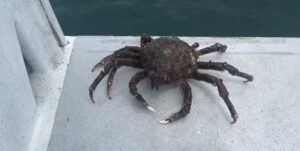
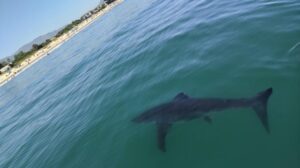
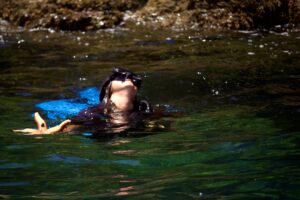
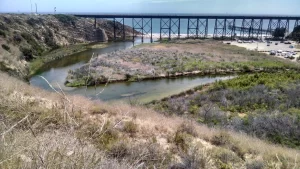
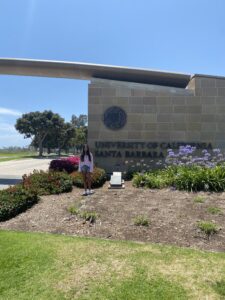
There are no comments published yet.